Introduction to Flatbed Trailer Design
In the world of transportation and logistics, flatbed trailers play a crucial role in facilitating the movement of large and heavy goods. Their versatility and efficiency make them indispensable in various industries, including construction, agriculture, and manufacturing. Designing a flatbed trailer requires careful consideration of numerous factors, including payload capacity, material selection, and compliance with safety regulations. In this comprehensive guide, we delve deep into the intricacies of flatbed trailer design, examining the essential components, materials, and best practices for creating high-performing, reliable trailers.
Key Components of Flatbed Trailers
When designing a flatbed trailer, several key components must be taken into account. Understanding these components is essential for ensuring that the trailer meets both operational requirements and safety standards. Below, we detail the primary elements involved in flatbed trailer design.
| Component | Description |
|---|---|
| Chassis | The backbone of the trailer, providing structural integrity and support for the load. Often made from high-strength steel or aluminum. |
| Platform | The flat surface of the trailer where cargo is loaded. This may include various features such as stake pockets and tie-down points. |
| Axles | Essential for supporting the weight of the cargo and ensuring smooth transportation. Typically, flatbed trailers feature tandem or triple axle configurations. |
| Suspension System | Enables movement and weight distribution while maintaining stability and comfort during transit. Common systems include leaf spring and air suspension. |
| Tires and Brakes | Critical for traction and stopping power. The selection of tires must consider load capacity and environmental conditions. Brake systems must comply with local regulatory standards. |
| Lighting and Signals | Ensures visibility and safety on the road. Proper lighting includes brake lights, turn signals, and reflective markers. |
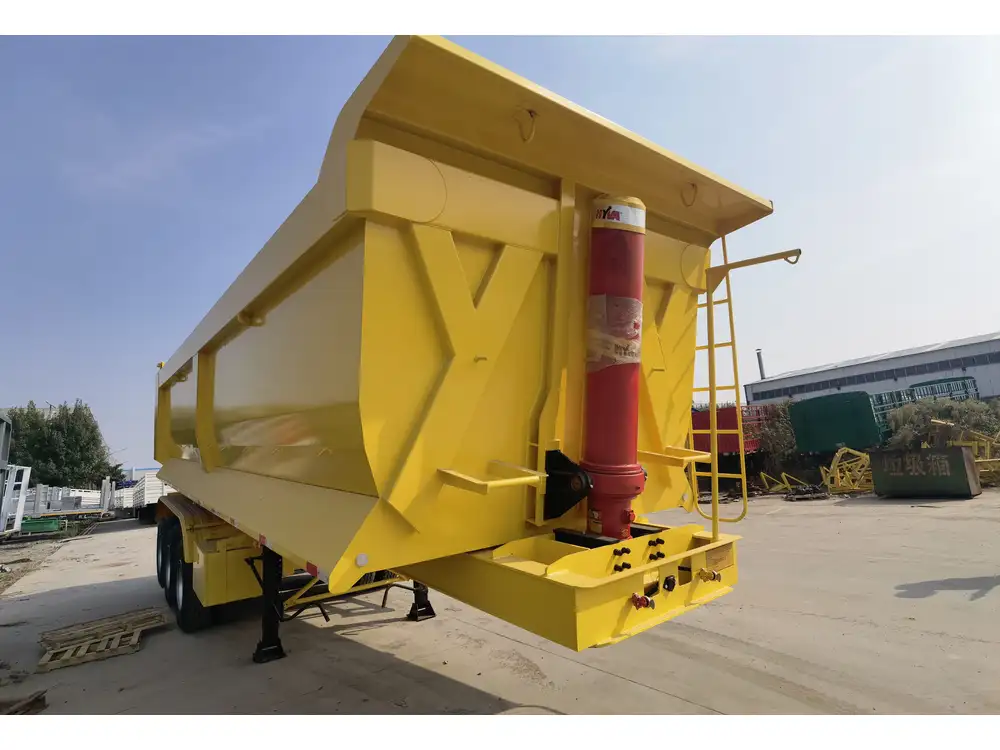
Factors Influencing Flatbed Trailer Design
Designing a flatbed trailer involves a balancing act between functionality, safety, aesthetics, and compliance with legal regulations. Here, we explore the essential factors influencing the design process.
1. Load Specifications
Understanding the type of cargo the trailer is expected to carry is crucial. Flatbed trailers are used for various loads, including construction materials, heavy machinery, and large equipment.
2. Material Selection
The choice of materials significantly impacts the durability, weight, and cost of the trailer. Commonly used materials include:
- Steel: Known for its strength and durability, steel is often used for the chassis and platform. It can withstand heavy loads but adds weight.
- Aluminum: Lightweight yet strong, aluminum trailers are often preferred for their reduced weight, enhancing fuel efficiency.
- Wood: Used primarily for flooring, wood can provide excellent grip for some loads. However, its susceptibility to weather impacts its longevity.
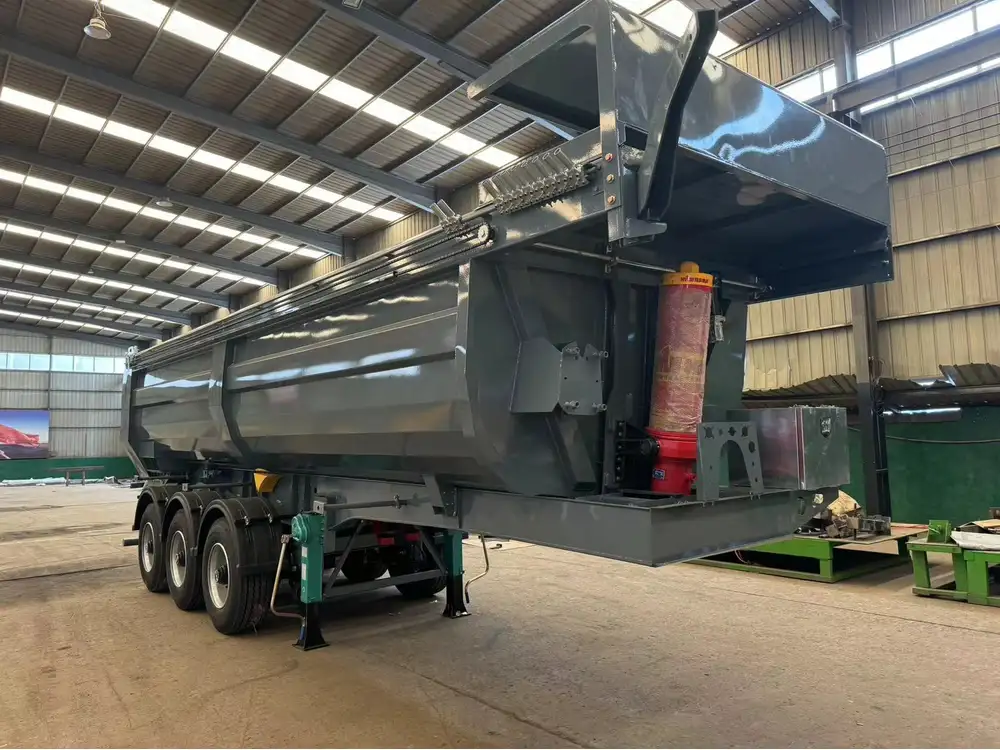
3. Design Standards and Regulations
Compliance with local and federal regulations is mandatory. Each region may have specific laws governing trailer dimensions, weight limits, and safety features. Being conversant with these regulations at the design stage is crucial to avoid legal complications.
4. Safety Considerations
- Tie-Down Equipment: Designing the trailer with adequate tie-down points and accessories helps secure loads, preventing accidents during transit.
- Braking Systems: The integration of advanced braking systems, such as anti-lock brakes, can enhance safety, especially with heavy loads.
- Visibility: Incorporating reflective materials and adequate lighting ensures that the trailer is visible on the road.
The Design Process: Step by Step
The design of a flatbed trailer goes through several stages, each critical to ensuring the final product meets all necessary specifications. Below is a step-by-step explanation of the design process.
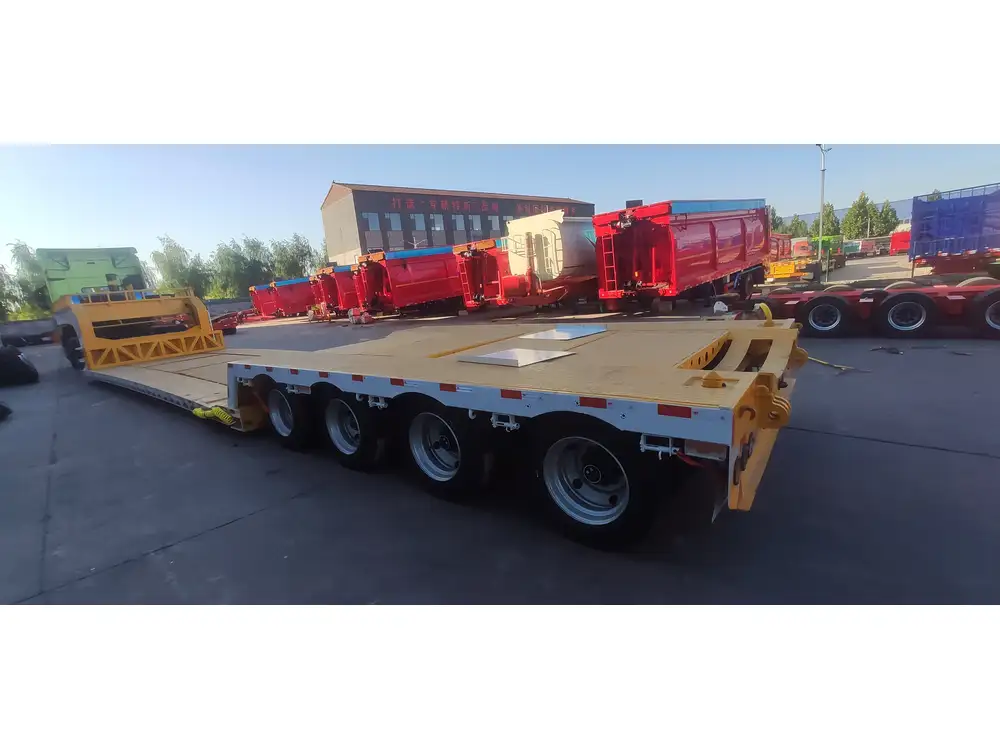
Step 1: Define Purpose and Requirements
Before diving into the design, it is essential to outline the primary purpose of the trailer. Queries to consider include:
- What type of cargo will be transported?
- What are the maximum weight limits?
- Will the trailer be used for short hauls or long-distance transportation?
Step 2: Create Preliminary Designs
Utilizing design software, draft preliminary blueprints that outline the trailer’s dimensions and components. Consider different configurations and layouts to determine which best meets operational needs.
Step 3: Structural Analysis
Conduct a structural analysis to ensure that the design can handle the intended load without compromising safety. Simulation software can be used to test different load conditions and stress points.

Step 4: Material Selection
Select appropriate materials based on the weight, durability, and cost considerations. The chosen materials should align with the expected performance and lifeline of the trailer.
Step 5: Prototyping
Creating a prototype allows for practical testing of the design principles. Observing the prototype under actual working conditions can reveal necessary adjustments before mass production.
Step 6: Compliance Verification
Ensure the trailer design complies with all relevant industry standards, including:
- Federal Motor Carrier Safety Administration (FMCSA) regulations.
- National Highway Traffic Safety Administration (NHTSA) guidelines.
- Any state-specific regulations concerning trailer construction and use.
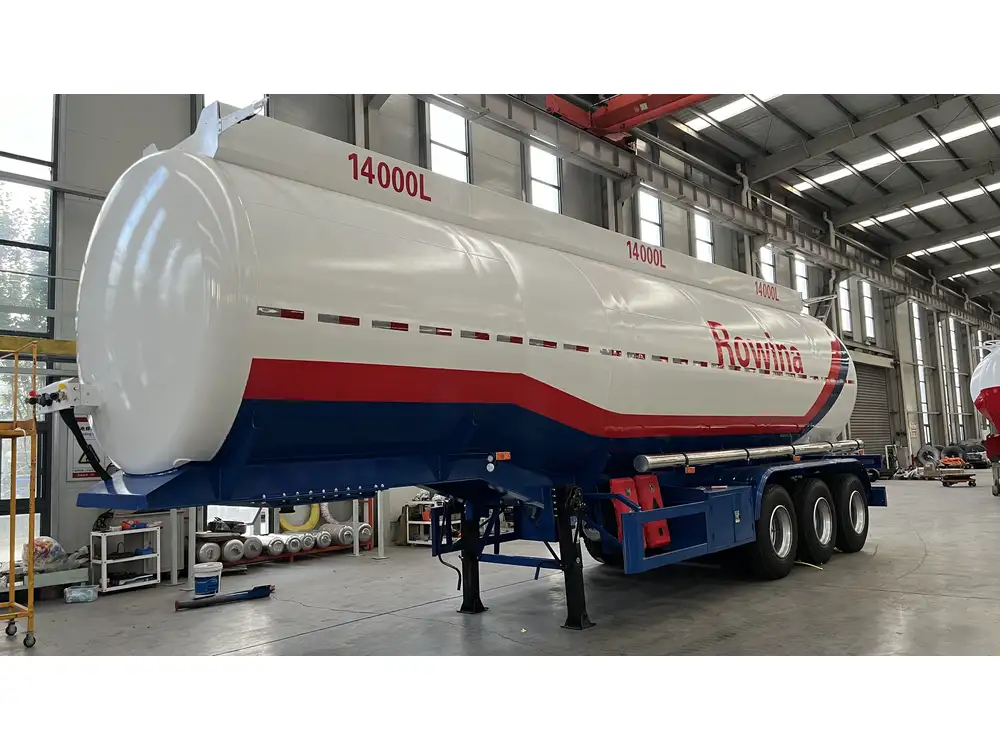
Step 7: Final Design and Production
After adjustments based on prototype findings, finalize the design and prepare for production. Ensure all documentation is complete for licensing and registration.
Performance Enhancements for Flatbed Trailers
The competitive nature of the logistics industry necessitates the incorporation of performance enhancements in flatbed trailer designs. Here are some considerations when aiming to boost trailer performance:
1. Weight Distribution
Utilizing advanced suspension systems can aid in better weight distribution across the axles, improving stability and handling during transit.
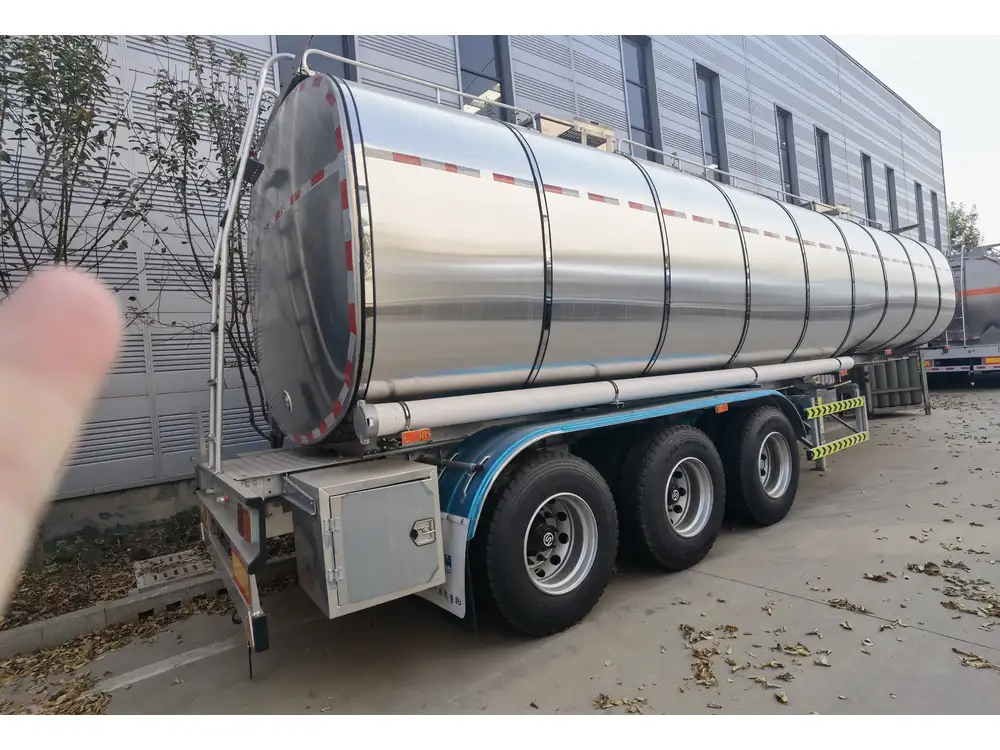
2. Aerodynamics
Improving the aerodynamics of flatbed trailers can significantly reduce drag, leading to better fuel efficiency. This can be achieved through:
- Streamlined Shapes: Designing the trailer with smoother edges and shapes.
- Side Panels: Consider adding removable side panels for additional aerodynamics when empty.
3. Maintenance Accessibility
Designing flatbed trailers with maintenance in mind can prolong their longevity and reduce downtime.
- Access Points: Incorporate easy access points for regular inspections and repairs.
- Durability Features: Use weather-resistant materials to protect key components from environmental wear.
Conclusion: The Future of Flatbed Trailer Design
Flatbed trailer design is an intricate process that requires a thorough understanding of multiple disciplines, including engineering, materials science, and regulatory requirements. In an evolving transport landscape that demands greater efficiency, safety, and sustainability, the future of flatbed trailer design lies in innovation—embracing smart technology, enhanced safety features, and sustainable practices.
As manufacturers continue to refine and optimize their designs, the possibilities for flatbed trailers are boundless. By focusing on user needs and the ever-changing demands of the market, the next generation of flatbed trailers is set to redefine standards in durability, performance, and efficiency.
By understanding the multifaceted components and factors that contribute to effective flatbed trailer design, manufacturers can create products that not only meet but also exceed industry standards and client expectations, ensuring a prominent position in the transportation sector.



